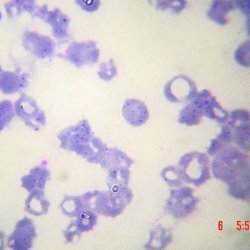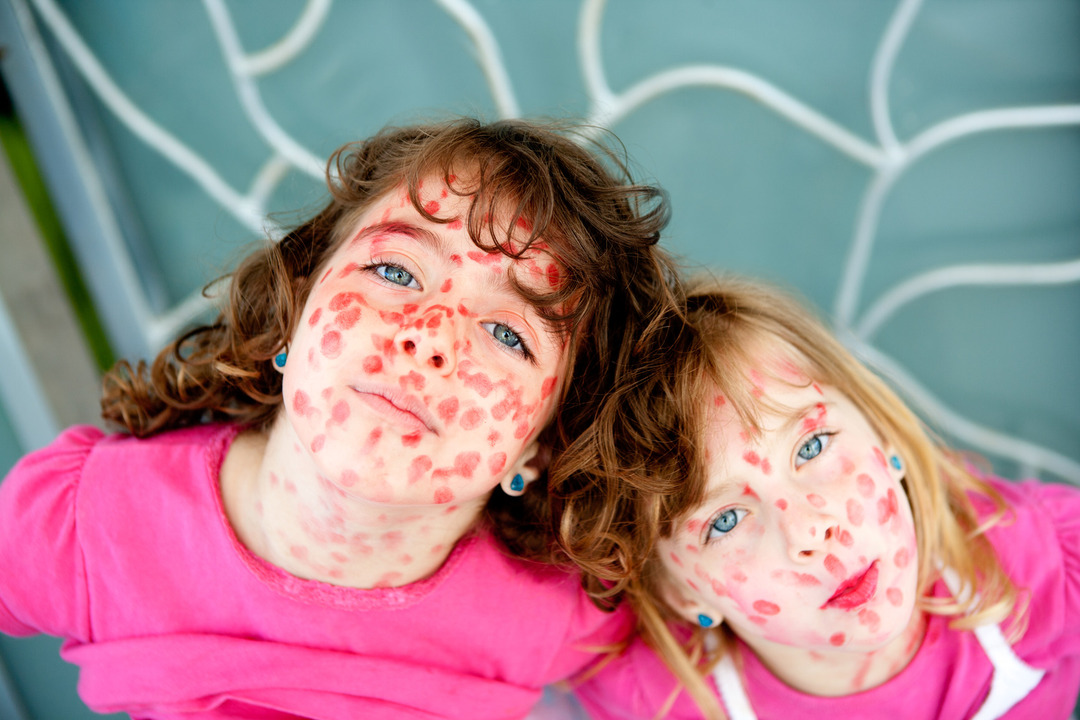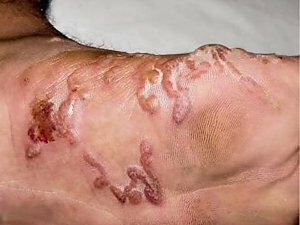Bartonellosis

- Peruvian wart, manifested by lesions on the skin, having the form of hemangiomas;
- Oral fever, or as it is also called Carrion disease, manifested by severe hemolytic anemia or fever.
The asymptomatic course of bacterial disease is also known.
The main causes of the disease
- Mouse rodents;
- Dogs;
- Rats.
Scientists have discovered a new type of bacteria - Bartonella melophagi, whose reservoir is in nature is sheep, and the carrier is a sheep roach( an insect from the blood-sucking family).According to researcher Edward Breitschwerdt, from the University of North Carolina, the newest research will be presented in the near future, which will prove that the bacterium Bartonella melophagi can be officially ranked among the pathogenic infections.
Disease Bartonellosis is commonly referred to as zoonoses - a group of parasites that are often found in Chile, Peru, Bolivia, Colombia and Ecuador, where there are favorable conditions for the viability of vectors.
Disease Bartonellosis is commonly referred to as zoonoses - a group of parasites that are often found in Chile, Peru, Bolivia, Colombia and Ecuador, where there are favorable conditions for the viability of vectors.
Symptoms of Bartonellosis
The main symptoms of the disease in humans can appear in 3-4 weeks. But in some cases, the incubation period can be 3 months. Sometimes signs of the disease are absent, and sometimes manifest in the most severe form.
So, the first symptoms of Bartonellosis are:
- Anemia;
- Severe;
- Headache;
- Temperature increase;
- Fever that lasts for 2-3 weeks;
- Pain in the joints and muscles;
- Hallucinations;
- General poisoning of the body.
- Neoplasms on mucous surfaces;
- Pleurisy;
- Flibrate;
- Myalgia;
- Warts if a "Peruvian wart" is diagnosed.
To prevent infection with this disease, you must avoid living in areas where there is a possibility of contact with the spreaders of the infection and destroy dangerous insects where Bartonella outbreaks are seen.
Statistics
A person can asymptomatically carry the infection for two to five years.
Diagnosis, treatment and prevention of
- Excrete pathogens;
- A tissue biopsy of skin and lymphatic nodules is carried out followed by microscopy;
- Serological methods are used.
- Protection against mosquito bites with protective clothing and repellents;
- Protection of housing against the penetration of infected insects.



